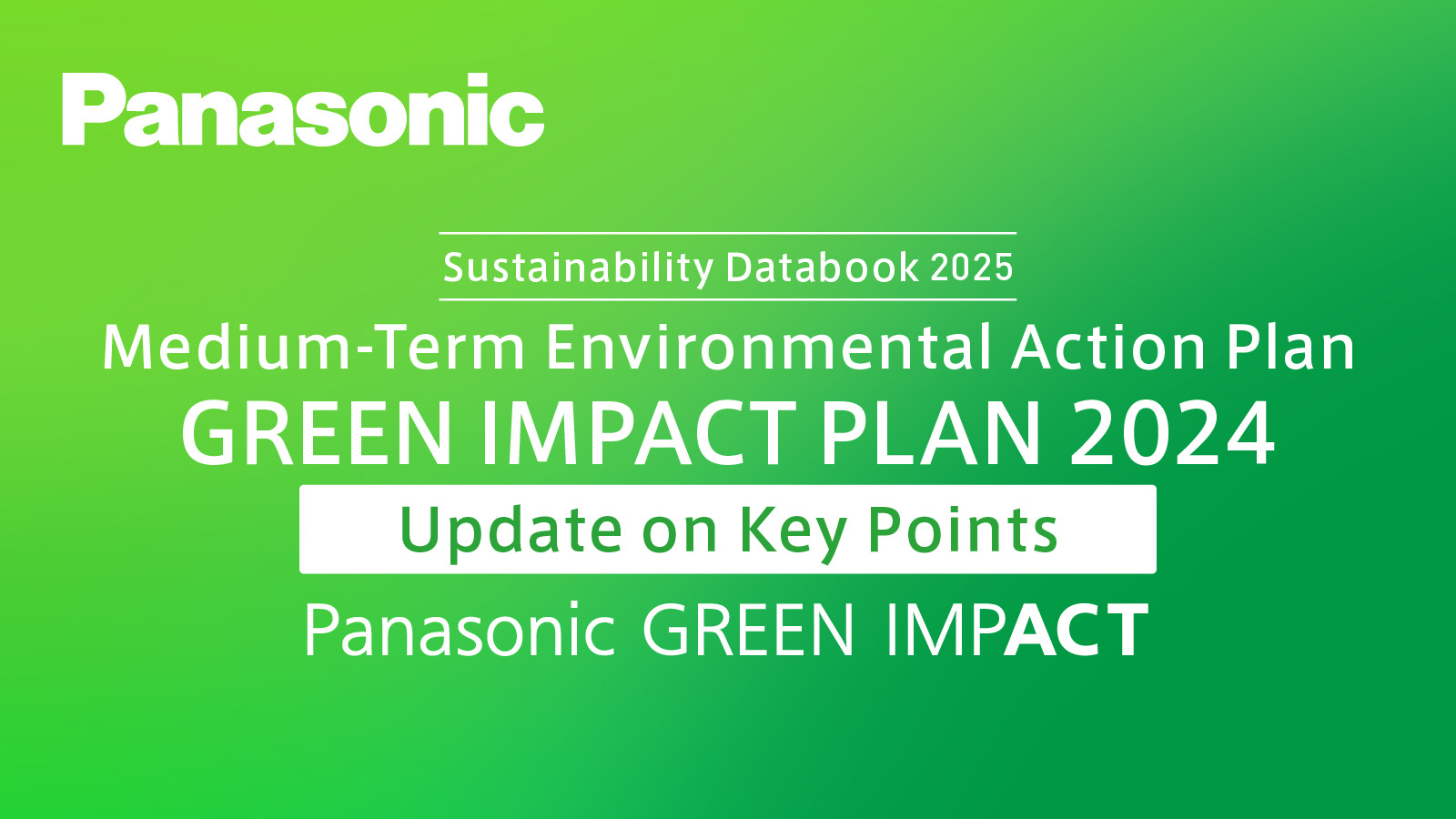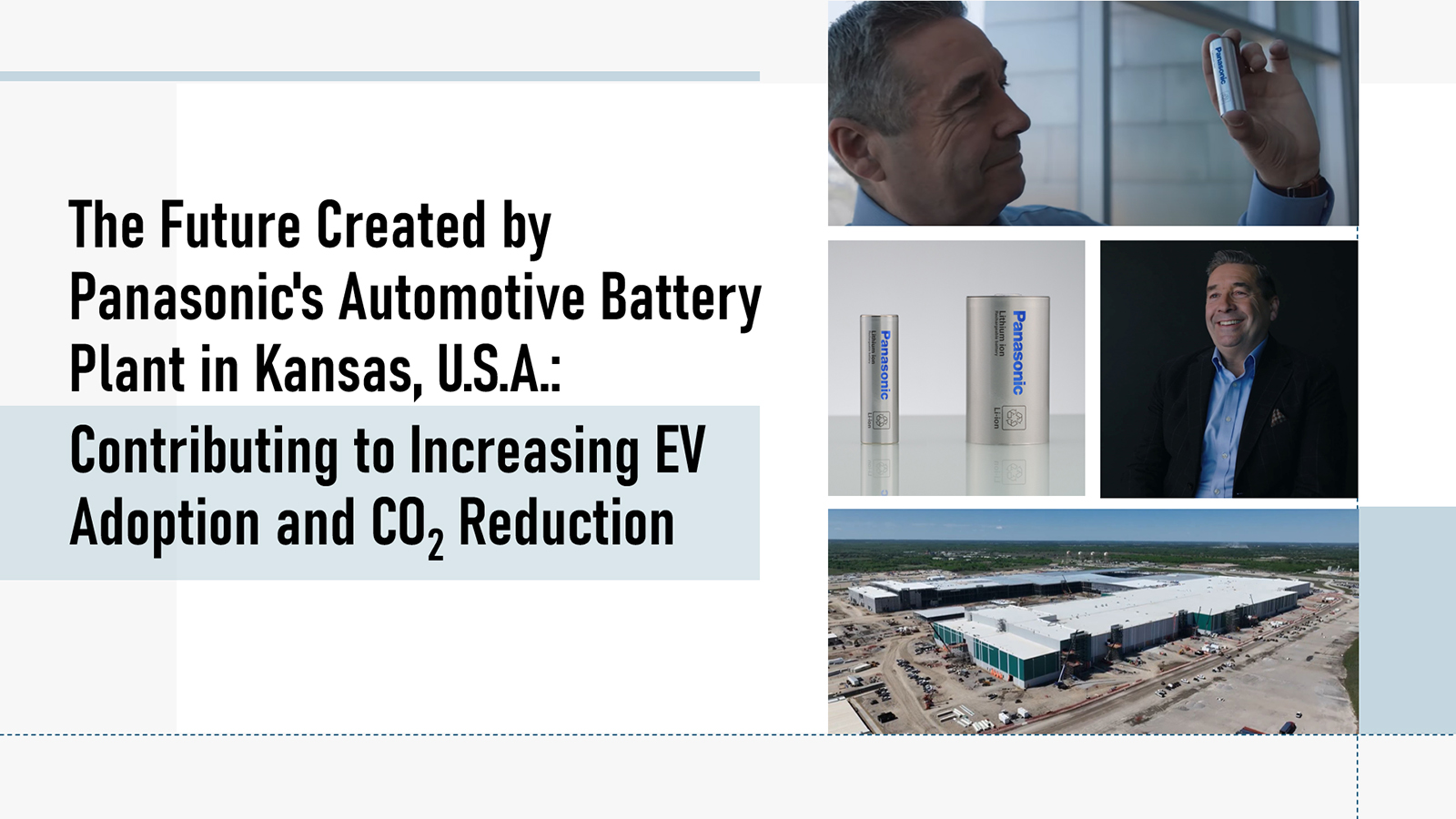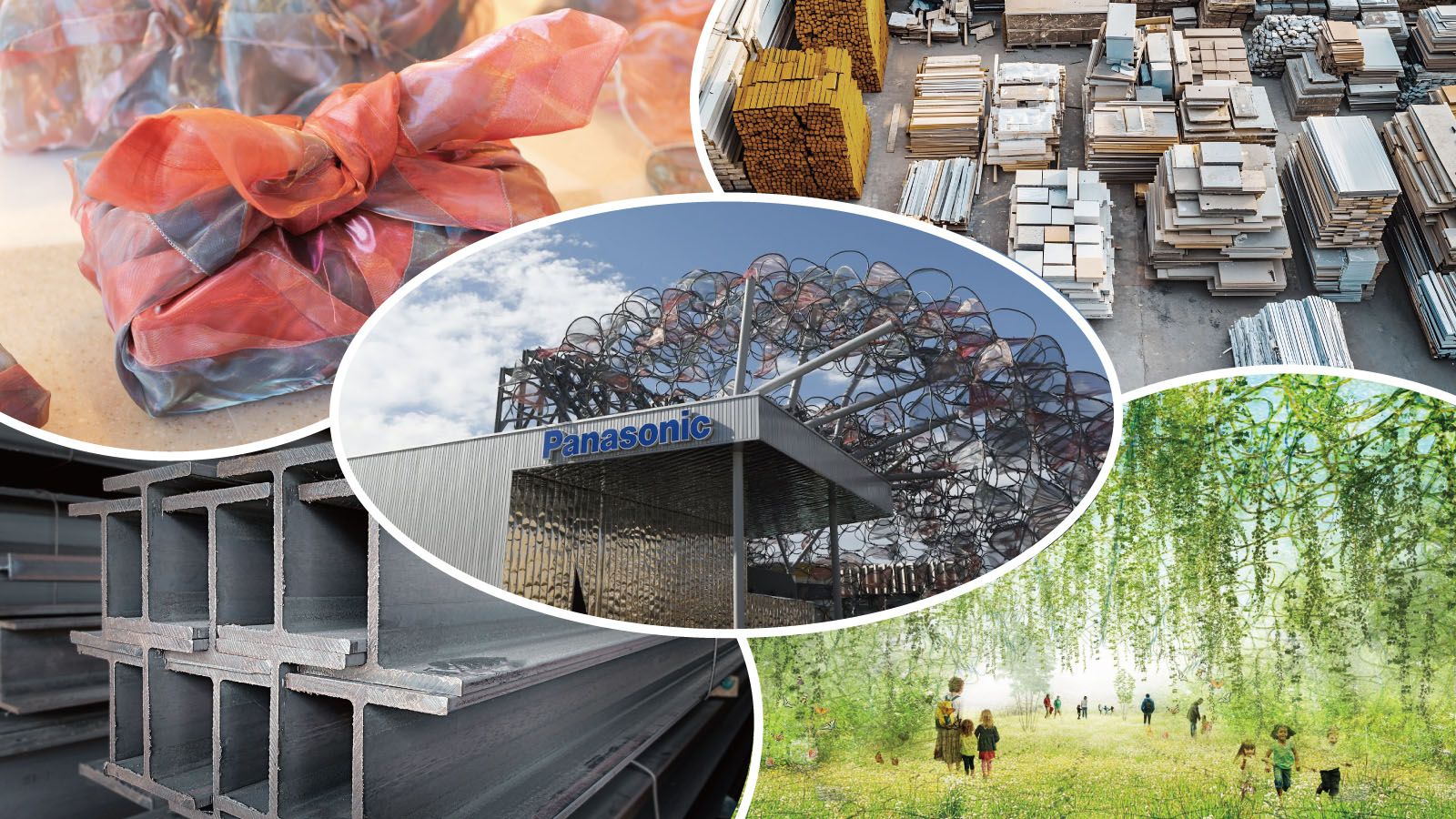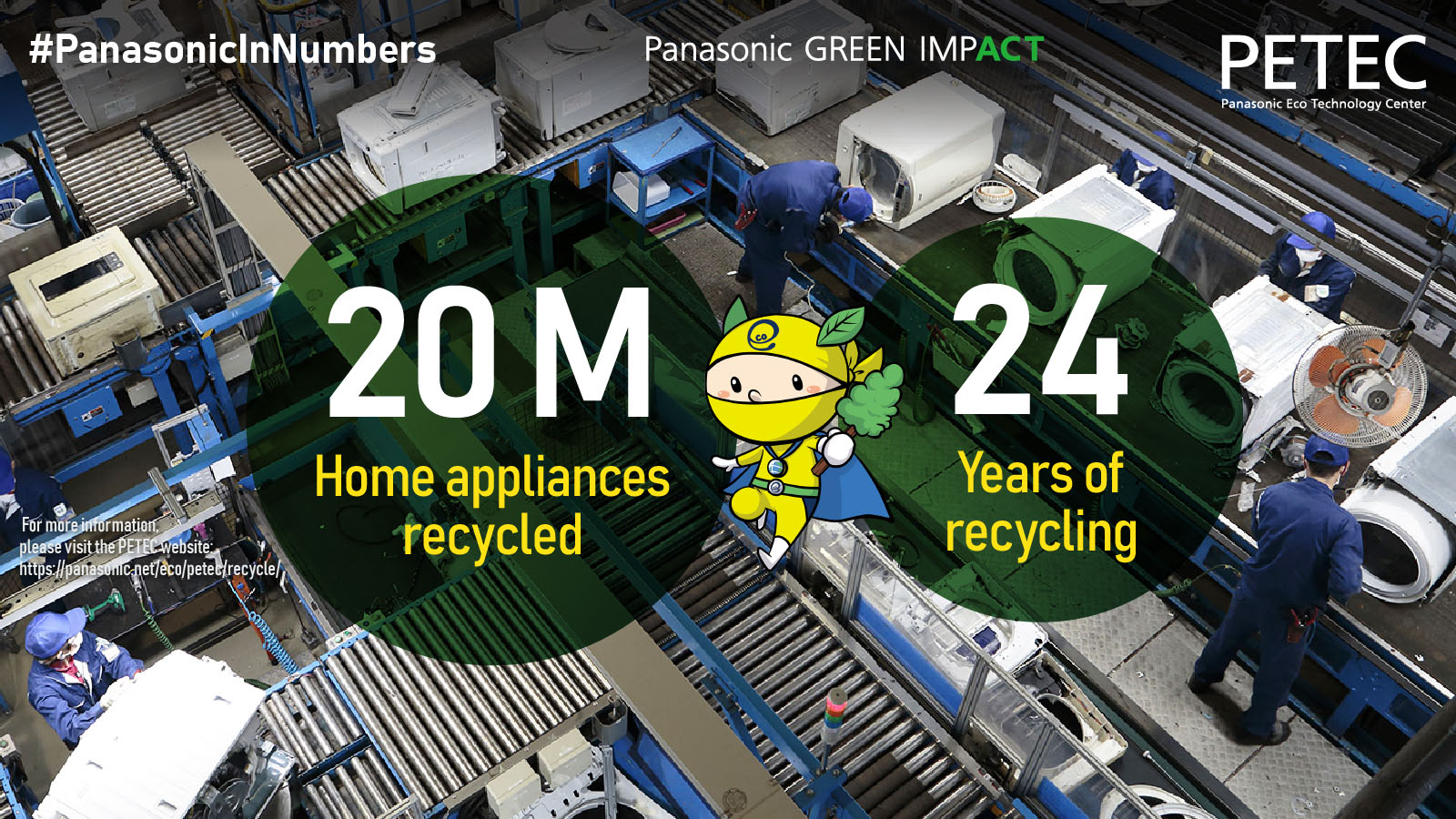What about the environmental impact of battery production?
The production of automotive batteries also involves CO2 emissions, and nearly 90% of these emissions occur during resource extraction, raw material processing, and material logistics—all processes that take place prior to manufacturing. This is why we are committed to reducing the environmental impact of every process, from material procurement to production of batteries to recycling.
Our Kansas plant is designed to operate as a Panasonic-designated net-zero facility. We will minimize the amount of electricity needed for production, and all aspects—from wiring to machinery and equipment—will support CO2 emissions reduction. We also plan to transition to 100% local renewable energy sourcing within the next ten years. Everything about the plant is completely different from anything we have done before.
In terms of raw materials, we are working to procure locally, use materials with lower CFP3, and use more recycled materials. We are actively pursuing new alliances with suppliers that will help us reduce our CFP.
Our efforts today will have an impact on your tomorrow. That’s why everything we do today must be accompanied by solutions for CO2 emissions reduction and climate change issues.
As a producer of automotive batteries for EVs, Panasonic has a responsibility to be a pioneer in the fight against climate change—not only at our own factories, but also in cooperation with our suppliers, to reduce CO2 emissions throughout our supply chain.
3 Carbon Footprint of Products: A number indicating the amount of greenhouse gas emissions generated throughout the entire lifecycle of a product, from raw material procurement to disposal and recycling.















